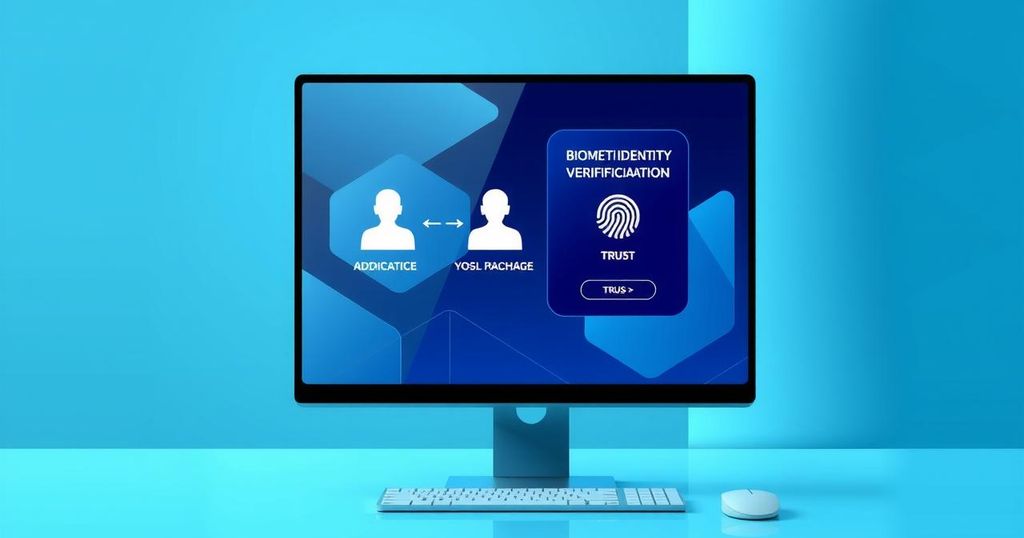DHS intends to award a sole source contract to NEC National Security Systems for maintaining its facial recognition software, emphasizing the importance of customized support for existing software licenses. This move is aimed at ensuring continued security and operational efficiency in biometric identification processes crucial for national security. The contract avoids potential expenditure of $40 million in separate agreements, instead maintaining system integrity at a cost of $8 million. The upcoming transition to the HART system further emphasizes the complexities and criticality of proper software maintenance and testing.
The Department of Homeland Security (DHS) is set to award a sole source contract to NEC National Security Systems, Inc. (NEC NSS) for maintenance services related to their facial recognition software. This decision includes the upkeep of existing perpetual licenses for NEC’s Advanced Identity Manager and Advanced Identity Matcher-Edge Source products. DHS clarified that this procurement does not involve new licenses but focuses on the maintenance of currently owned licenses that are customized for DHS’s operational needs. The DHS Office of Biometric Identity Management (OBIM) emphasized the necessity of NEC’s maintenance support, stating that without it, the software could face security vulnerabilities and operational malfunctions. The NEC software has been specifically tailored, with algorithms refined over years of use, making NEC NSS the only viable option for continued maintenance. Such maintenance is deemed critical for DHS’s functions, including vetting individuals for immigration benefits, employment, and entry or exit from the country. Furthermore, DHS pointed out that if maintenance support were not secured under this contract, individual components of the DHS would be forced to procure maintenance services separately, leading to a potential total expenditure of $40 million in a single year, rather than the $8 million for the organization-wide solution. DHS also raised concerns regarding other candidate software alternatives, indicating that without thorough testing in controlled settings, implementing new products could disrupt operational effectiveness. The current system’s accuracy is paramount, with even a small decline posing significant operational challenges, such as increased manpower requirements to process biometric data. Plans to transition to the Homeland Advanced Recognition Technology (HART) system are underway, with a full operational capability expected in the fourth quarter of fiscal year 2026. This transition is expected to incur further complexities and costs, necessitating re-extraction of biometric data and extensive testing prior to deployment.
The Department of Homeland Security oversees vital national security functions, including the identification and vetting of individuals for immigration and travel. This involves the use of advanced biometric technologies, particularly facial recognition software provided by NEC NSS. As facial recognition algorithms continue to evolve, maintaining the integrity and operational efficacy of this software is paramount. The DHS has opted for a sole source contract to ensure that the specific requirements and characteristics of their existing system can be met without the risk associated with alternative solutions.
The DHS’s decision to award a sole source contract for NEC facial software maintenance underscores the critical importance of specialized technical support for operational systems that manage biometric identification processes. The maintenance helps mitigate risks associated with software vulnerabilities and ensures the smooth functioning of essential security measures. Failure to maintain the software could lead to significant operational disruptions and financial implications across DHS components. The strategic focus on continuity and the establishment of necessary testing environments further illustrates the complexities involved in managing and transitioning biometric technologies.
Original Source: www.biometricupdate.com





